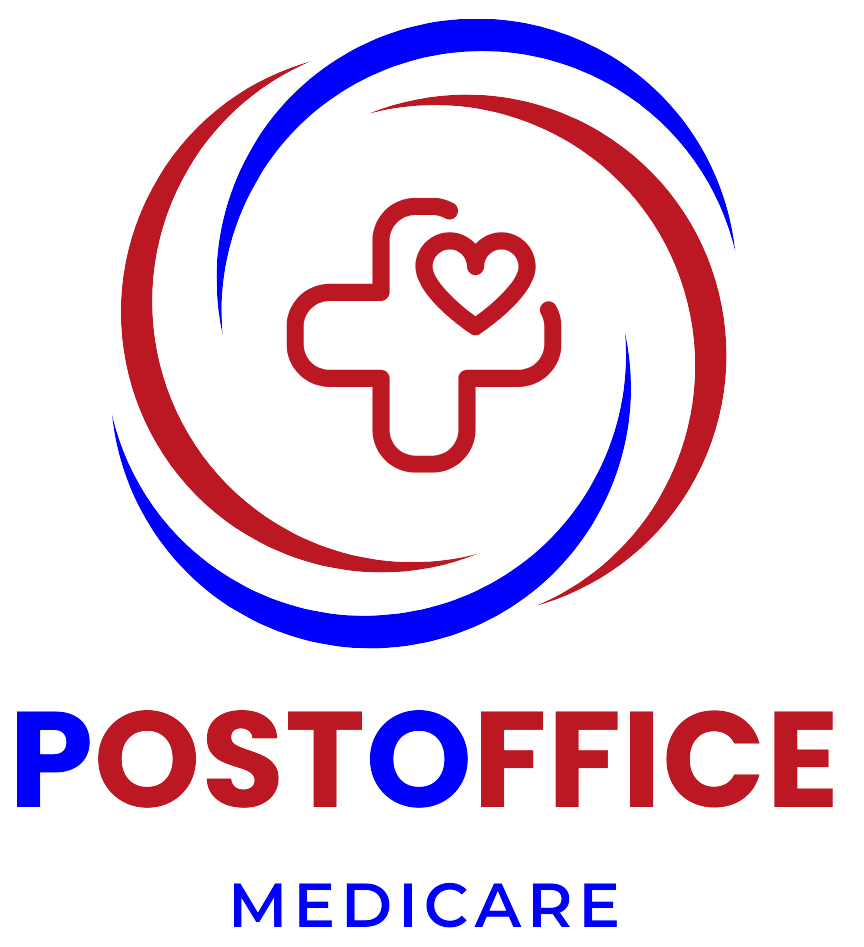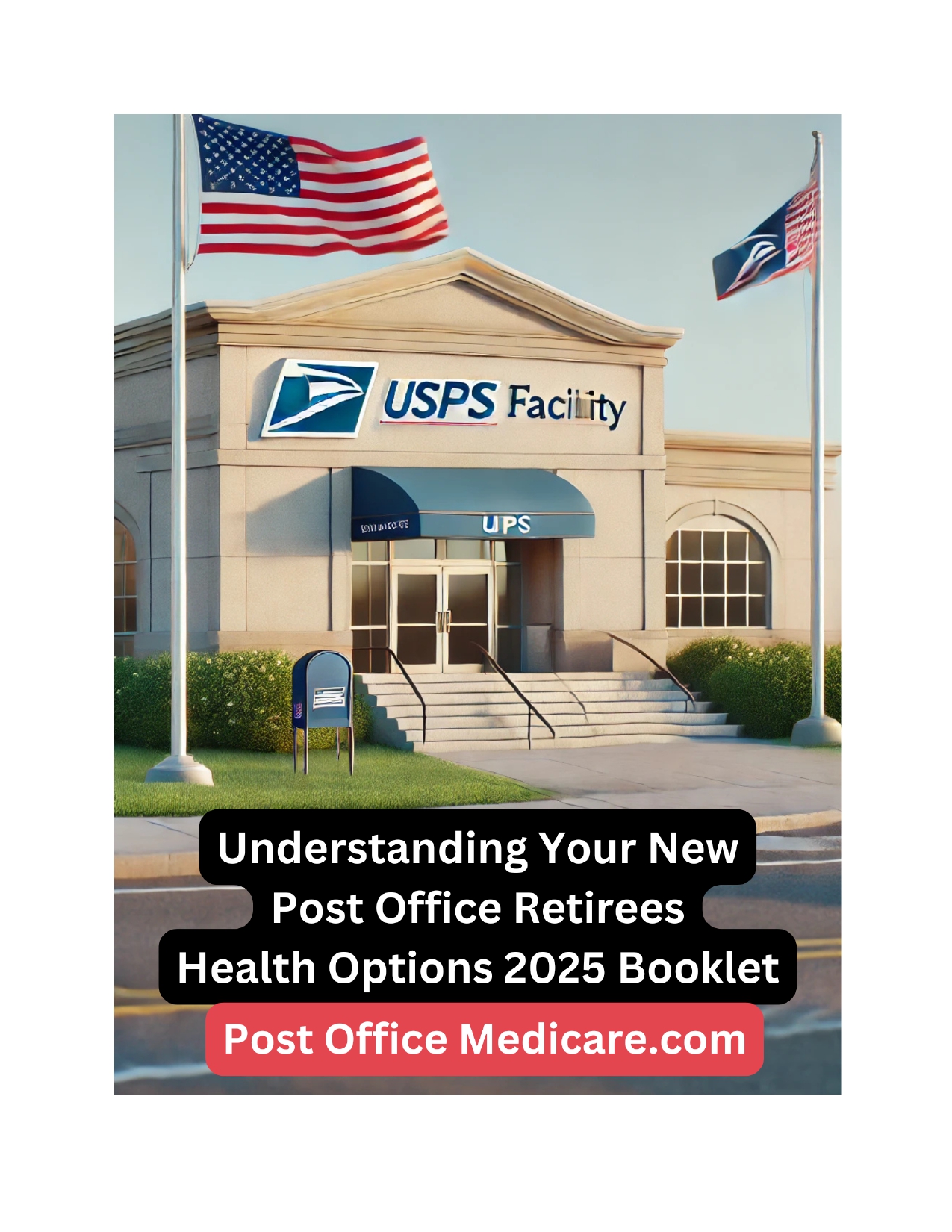
2026 health insurance hikes hit Postal & Federal workers hard.
But if you’re Medicare-eligible or turning 65, your options could cost less right now.

Postal Service compensationers getting monthly payments from the Department of Labor’s Office of Workers’ Compensation Programs (OWCP) will be automatically enrolled in a PSHB plan before the 2024 Federal Benefits Open Season, which runs from November 11 to December 9, 2024. OPM will send a letter to the compensationer with this plan information.
Postal Service compensationers can make changes to this automatic enrollment during the 2024 Federal Benefits Open Season.
As with all Postal Service enrollees, FEHB plan enrollment for these Postal Service compensationers will terminate after December 31, 2024.
Temporary Continuation of Coverage (TCC) allows certain people to temporarily continue their PSHB coverage after regular coverage ends. TCC enrollees must pay the full premium for the plan they select (that is, both the employee and government shares of the premium), plus a 2 percent administrative charge.
If a Postal Service employee loses coverage because they separate from federal service, they may be eligible to enroll under TCC and continue coverage for up to 18 months from the date of separation.
If a family member of a Postal Service employee or annuitant loses coverage because they are no longer eligible family members, they may be eligible to enroll under TCC to continue coverage for up to 36 months.
Premiums are paid directly to the National Finance Center.
Former Spouses
Premium payments are made directly to the National Finance Center (NFC) for all spouse equity and TCC enrollments.
If an annuitant’s annuity is not enough to pay PSHB premiums, they may elect to pay premiums directly to NFC. Once this option is chosen, the annuitant will always pay premiums directly to NFC even if the annuity increases enough to cover the premium costs.
Non-Pay Status/LWOP Postal Service Employees
Most Postal Service employees in a non-pay status, such as leave without pay (LWOP), who are enrolled in an FEHB plan in 2024 will be automatically enrolled in a PSHB plan for 2025.
OPM will permit Open Season changes for eligible Postal Service employees in non-pay status only during the 2024 Open Season.
Postal Service annuitants, and eligible family members will remain enrolled in their 2024 FEHB plans through December 31, 2024.
Enrollees will get a letter prior to the 2024 Open Season that provides information on the PSHB plan they’ll automatically be enrolled in. Enrollees can make changes to that plan enrollment during the Transitional PSHB Open Season, which runs the same time as the 2024 Federal Benefits Open Season: November 11 through December 9, 2024. Enrollees are encouraged to review all available plans to choose a plan that best fits their needs.
PSHB Plans vs. FEHB Plans:


The Postal Service Health Benefits (PSHB) Program is a new, separate program within the Federal Employees Health Benefits (FEHB) Program, administered by the Office of Personnel Management (OPM).
PSHB will provide health benefits plans to eligible Postal Service employees, Postal Service annuitants, and their eligible family members starting on January 1, 2025.
Postal Service employees and Postal Service annuitants will no longer be eligible to enroll or continue enrollment in an FEHB plan as of January 1, 2025, and must enroll in a PSHB plan to maintain health coverage through the Postal Service.
If a Postal Service employee or Postal Service annuitant is covered under a family member’s FEHB plan not through the Postal Service, they can continue that coverage after January 1, 2025.
Former Postal Service employees and their family members who are on Temporary Continuation of Coverage prior to January 1, 2025, through their FEHB plan will continue with that FEHB plan after January 1, 2025.
PSHB Becomes Effective January 1, 2025
PSHB plans will cover the same set of comprehensive health benefits included in FEHB plans. PSHB plans will be offered by many of the same carriers that offer FEHB plans.
There are a few important differences for PSHB enrollees:
The PSHB plan year will run from January 1 through December 31 each year. This is the same for annuitants covered by FEHB, but different from the FEHB plan year for employees, which begins on the first day of the first full pay period in January each year.
As required by the Postal Service Reform Act of 2022 (PSRA), certain Medicare-eligible Postal Service annuitants and their Medicare-eligible family members must enroll in Medicare Part B to remain enrolled in a PSHB plan. There are some exceptions to this requirement described here.
Enrollment and Open Season
In October 2024, Postal Service employees and Postal Service annuitants who are enrolled in an FEHB plan for 2024 will be automatically enrolled in a 2025 PSHB plan by OPM.
Enrollees can make changes, including selecting a different plan, during the 2024 Open Season (November 11 through December 9, 2024).
PSHB auto-enrollment plan information is available here.
Medicare Part B Special Enrollment Period (SEP)
for Medicare Part B from April 1 through September 30, 2024, for USPS annuitants and family members that are not currently enrolled in Medicare Part B.
During this SEP, those Postal annuitants and their family members who, as of January 1, 2024, are entitled to Medicare Part A but are not enrolled in Medicare Part B may enroll in Medicare Part B.
Those who enroll in Medicare Part B during this SEP will not have to pay any Medicare late enrollment penalty. Instead, the Postal Service will pay the penalty.
A Postal Service annuitant or their family member may be subject to a Medicare Part B late enrollment penalty if they enroll in Medicare Part B outside of the SEP.
Those eligible for the SEP should have received information about it from the Postal Service before April 1, 2024.
If you have questions about eligibility for the Medicare SEP, please contact USPS by calling (833) 712-7742.
Federal Employees Dental and Vision Insurance Program (FEDVIP)
Federal Employees’ Group Life Insurance (FEGLI)
Long Term Care Insurance Program (FLTCIP)
Licensed Independent Medicare Specialists — Not USDA or USPS. Not connected with U.S. govt.
Medicare Advantage plans are offered by private insurance companies contracted through Medicare as alternatives for Original Medicare. These plans combine all of the benefits of Medicare Part A (hospital) and Part B (medical), and may also include prescription drug coverage, dental or vision coverage all for an affordable and sometimes $0 monthly plan premium.
Medicare Part D plans add prescription drug coverage to Original Medicare, some Medicare Cost Plans, some Medicare Private Fee-for-Service (PFFS) Plans, and Medicare Medical Savings Account (MSA) Plans. A prescription drug plan may help you save money on existing prescriptions or on medication needs in the future.
We do not offer every plan available in your area. Any information we provide is limited to those plans we do offer in your area. Please contact Medicare.gov or 1–800–MEDICARE (TTY users should call 1-877-486-2048) 24 hours a day/7 days a week to get information on all of your options.
Agency represents Medicare HMO, PPO, and PFFS organizations and stand-alone PDP prescription drug plans that have a Medicare contract. Enrollment depends on the plan’s contract renewal.
